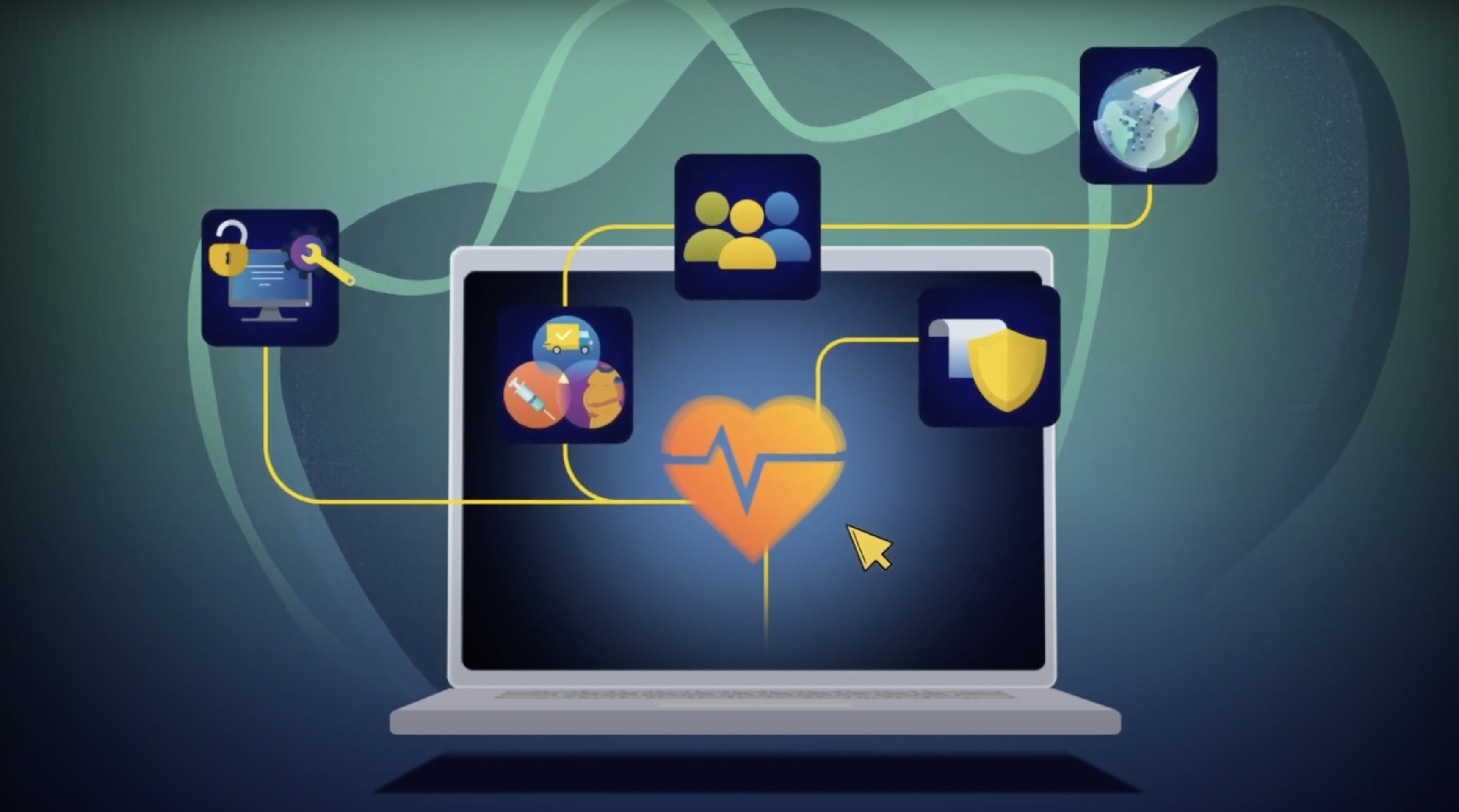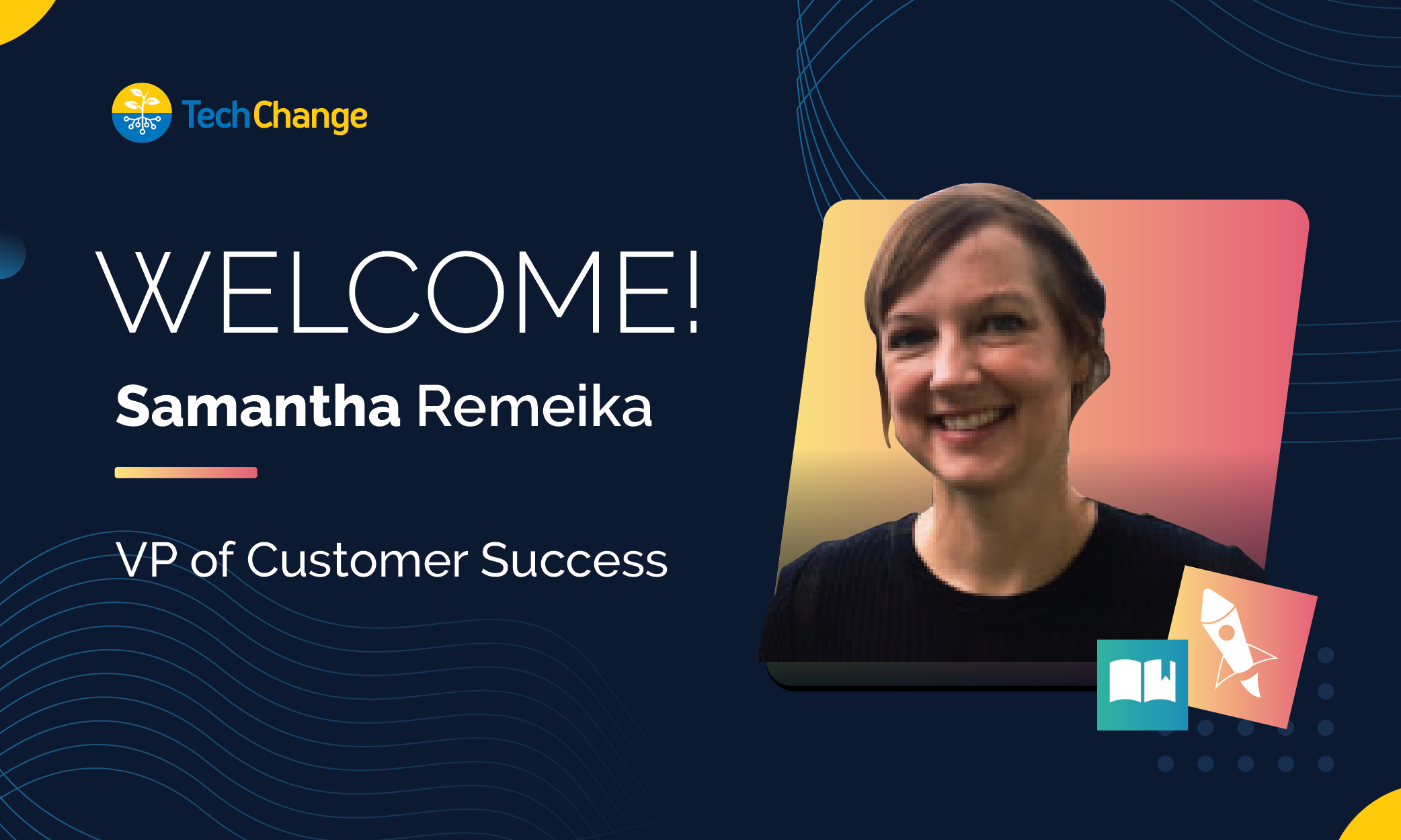By: Ariel Frankel (Director of Public Health), and Alex Paone (Program Manager, Public Health)
Just in time for the upcoming Global Digital Health Forum on December 5-7, TechChange added several new videos to our Global Goods video series, developed in partnership with USAID and PATH/ Digital Square, that explain the basics of several digital health public goods. As TechChange’s Director of Public Health, I’m excited that these short, dynamic videos will help promote the benefits of using global goods software to digital health stakeholders, from NGO practitioners to national health officials.
What are Global Goods anyway?
Global goods are software systems with multiple funding sources that are used across different countries to address a wide variety of challenges. Importantly, they have free and open-source software and documentation to make customization simple. Moreover, they are built to be interoperable with other digital health software systems. Learn more here.
What problems do these Global Goods videos help solve?
My background with digital health interventions in the informal settlements of Nairobi and at a refugee clinic in Tel Aviv, showed me the importance of using tools that are widely supported and built for interoperability, rather than “reinventing the wheel” each time and perpetuating fragmentation in the digital health ecosystem. Each Global Goods video uses a common set of concepts and visuals such as animations from user perspectives, ministry official interviews, and software demos that allow viewers to understand each global good independently, as well as how they can fit together and support interoperability. This is a complex and important topic– but at TechChange, we pride ourselves on making easy to understand guides to complicated materials and concepts.
Global Goods Video Series is for all Digital Health Practitioners
These videos on OpenSRP, RapidPro, and iHRIS will join the line-up of course materials in our Digital Health: Planning National Systems course, which has taught more than 250 ministry officials and digital health stakeholders from Chile to the Philippines to design and implement interventions to address national health systems challenges . As one of the course facilitators, I can attest that the material has helped participants advocate for adoption of these software systems within their own national governments. But the Global Goods videos aren’t just for our own students – they are available on YouTube for public use in training and capacity building.
Let’s take a look.
Better Data Through OpenSRP
In the OpenSRP video, which was supported by Ona, we see perspectives from frontline health workers and policy makers on how the open source mobile health platform helps with data tracking and decision making. This tool allows continuity of care at the community and facility level.
OpenSRP provides decision support to health workers to guide them through health encounters, allowing for rapid data entry and follow-ups based on the patient’s specific care plan. The software can be used as an off-the-shelf integrated health system in places transitioning from paper to digital or in the process of replacing stand-alone, single-focus applications. As we see in the video, the adoption of this global good system can lead to faster launches of digital systems including health service applications and dashboards.
Leverage and Track Mobile Services with RapidPro
In the second video, which was supported by UNICEF, we see how RapidPro workflow logic software helps organizations and systems run mobile-based services. From managing mobile users’ contacts, to analyzing data from multiple communication channels, RapidPro provides a mobile or web-based platform that public health workers can use to send or track a wide variety of information.
TechChange videos always include real-life applications of any new tool, so that practitioners can immediately see how it might be applied. In this video, we see how health worker Wendy uses RapidPro to help manage her vaccine resources and roll-out. She inputs her data, which national decision makers can then use to help track roll-out across locations and fill in gaps. The adoption of RapidPro can help health workers and leaders respond in real-time to specific public health needs and threats.
Managing a Health Workforce through iHRIS
The third new video, supported by IntraHealth International, details the basics of iHRIS, an open-source human resources platform to track and manage a country’s health workforce. Users can make evidence-based, effective plans for deploying human resources where they’re needed most.
To fast track understanding of a tool, it’s important to show features and use- cases, such as iHRIS’s user-friendly interface and powerful data dashboards. By using iHRIS, decision-makers can understand the current status of their health workforce including which healthcare workers are currently employed, those who are qualified but not employed, and those who are in training. Centralized data can help leaders predict specific population needs and proactively solve workforce constraints.
These three videos are the tip of the iceberg on learning about global goods. You can watch all nine global goods videos in the Global Goods Series playlist (including the first three that we’ve translated to French) here.
We hope that these educational videos are useful to you and your teams. Feel free to share widely – just be sure to attribute and link to TechChange, USAID and PATH/ Digital Square. Thanks for watching!




